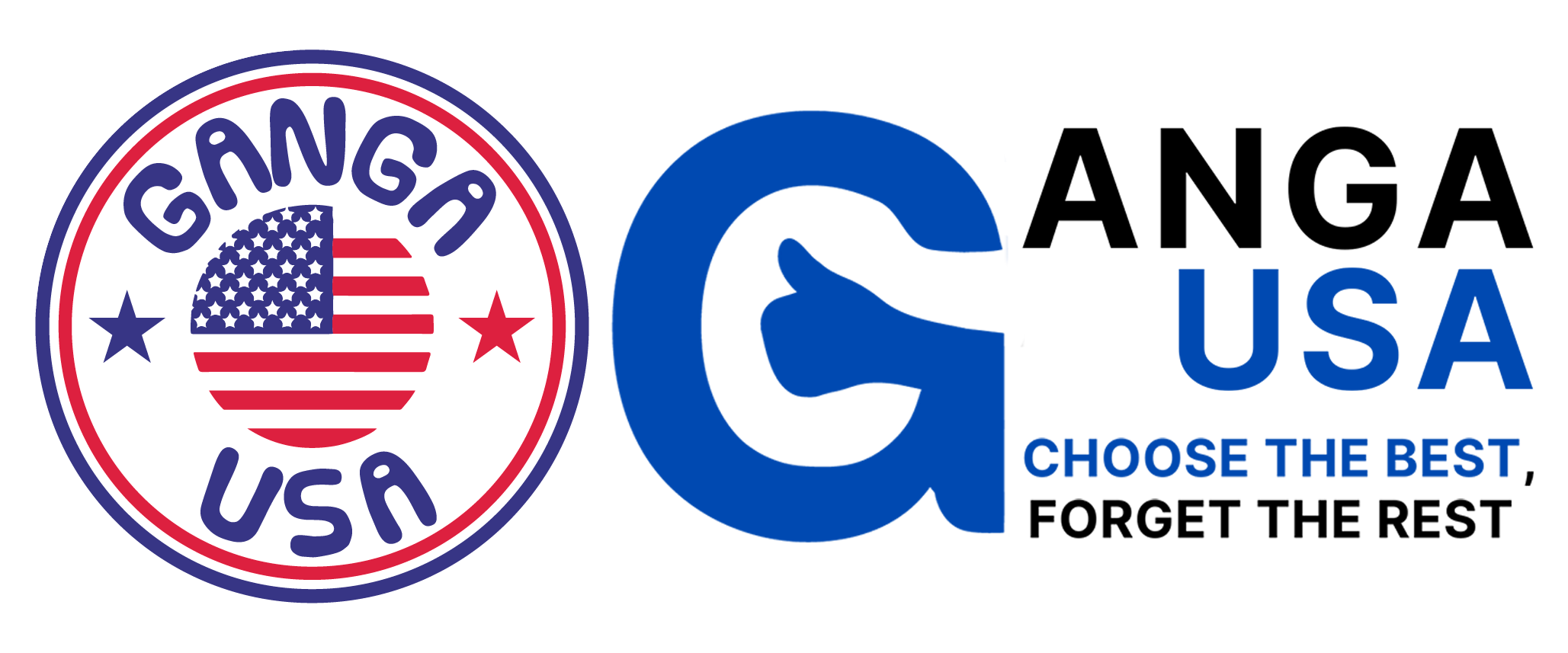
What do you think of when you hear the word “compulsion”? As therapists, we often immediately think of OCD. Whether we hear the term from a client, another provider, or our own classification of someone’s symptoms, “compulsions” tend to carry some level of assumption: that this could simply be OCD. This is especially true for a trainee, someone less versed in the nuances of mental health diagnoses and the general public; and I admit, it’s a good place to start! However, the mere presence of compulsions does not necessarily indicate OCD. Compulsions are not always what they seem.
What is a compulsion? The dictionary defines it as an irresistible impulse to perform a particular behavior, usually against one’s own desire. While we can certainly see the role of compulsions in OCD, it is worth noting that compulsions are actually present in a wide range of disorders, from other OCD spectrum disorders and anxiety disorders to wide-ranging psychiatric diagnoses and even presentations of non-clinical symptoms. But when our minds are primed to look for OCD at the first mention of a compulsive behavior, how can we distinguish what they are actually a part of? And, just as important, how do we teach others (from supervisees to our clients to the general public) to consider the same thing?
Let’s start with the disorders related to OCD. We know that in these disorders compulsive behaviors are immensely difficult to resist. Compulsions themselves cause marked deterioration in one’s life, and resisting the compulsion tends to cause extremely intense anxiety and/or discomfort. In my practice, we tend to see clients score a “10/10” on our SUD scale when discussing the resistance of a compulsion that falls on the OCD spectrum. In this class of disorders, we can see that the severity of a compulsion and the great investment to carry it out place it in the category of the OCD spectrum. But when is it really OCD? This is where the content of the compulsion (and related obsession) becomes critical for differential diagnosis. If the compulsion and/or obsession is specific to one area (e.g., hair pulling, skin picking, body dysmorphia, hoarding behaviors), then those diagnoses may be more appropriate for this specific scenario. If the compulsions and obsessions follow more classic OCD themes, or do not seem specific to another category of the OCD spectrum, then we may have true OCD.
Things may get murkier when we start to see compulsive behaviors in other diagnostic categories. Compulsions are quite common in generalized anxiety disorder, social phobia, panic disorder, agoraphobia, addiction-related disorders, eating disorders, sleep disorders, conduct disorders (e.g., ODD or conduct disorder) and even conversion disorders. In fact, it seems that some level of “compulsion” is present in many diagnoses we see in the DSM. The critical piece here is understanding the function of compulsion. In other words, why does someone engage in this behavior? What is the purpose of this person? People engage in behaviors for good reasons that make sense in the context of their current situation and worldview. What then are your reasons? The justification tends to sound quite different in a case of OCD than when the behavior points to another diagnosis. In social anxiety, for example, we typically see compulsive behaviors best described as “safety behaviors,” or things that increase a person’s sense of safety or decrease anxiety in the moment. When we assess the reason behind the behavior, clients will often point out the need to avoid a social interaction that may be uncomfortable or anxiety-provoking. This, in turn, can turn our heads towards a diagnosis of social phobia. Additionally, when asked to resist the behavior as an experiment, clients are more likely to resist the behavior with less distress than we would see in someone with OCD.
Finally, it is worth mentioning that not all compulsion is diagnostic at all. Have you ever stopped to pick up something off the floor that wasn’t yours, but you felt obligated to do so? What if you put something in your Amazon cart that maybe wasn’t 100% necessary, but you bought it anyway because you felt like you needed it? We have all been there and these behaviors can also, by definition, be classified as compulsions. With this we can see that the mere presence of compulsions does not really indicate much on its own. What matters most is the level of distress associated with resisting the compulsion and the overall theme of the compulsion.
Where have you seen compulsions arise in situations where it is probably not OCD? What diagnostic considerations move you toward or away from OCD when compulsions are present? Leave a comment with your experience of compulsions that are not what they seem!
This publication is brought to you in collaboration with the ADAA OCD and Related Disorders SIG. Learn more about GIS.






